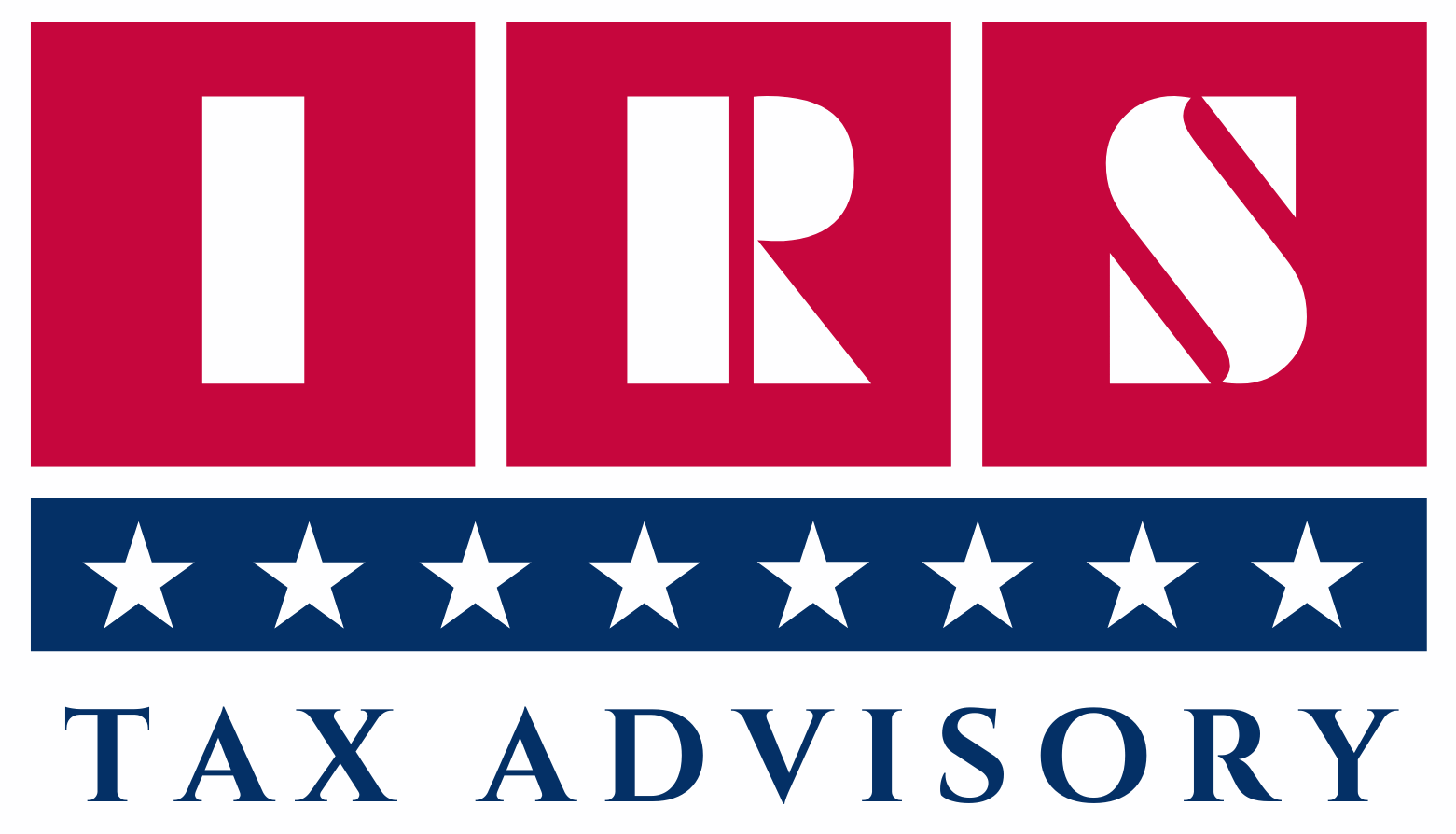Schedule K-1 Form 1065-The Best Detailed Overview
Table of Contents
Complete Guide To Schedule K-1 Form 1065

Schedule K-1 Form 1065 is a critical IRS tax form used by partnerships and multi-member LLCs to report each partner’s share of the business’s income, deductions, credits, and other tax items. It must be issued annually to each partner and filed with the IRS as part of Form 1065.
What Is Schedule K-1 Form 1065?
- It’s part of the U.S. Return of Partnership Income (Form 1065)
- Reports each partner’s distributive share of partnership items.
- Pass-through taxation: The partnership doesn’t pay taxes directly — instead, partners report income on their personal or corporate returns.
Who Receives a Schedule K-1?
- Partners in a general or limited partnership
- Members of a multi-member LLC taxed as a partnership
- Individuals, corporations, trusts, and estates who are beneficiaries of pass-through income
Components of Schedule K-1 Form 1065
| Section | Details |
| Part I – Information About the Partnership | Includes the partnership’s name, EIN, and address |
| Part II – Information About the Partner | Partner’s name, TIN, type of partner, and capital account info |
| Part III – Partner’s Share of Income, Deductions, Credits, etc. | Reports share of: ordinary income, rental income, guaranteed payments, deductions, credits, etc. |
Schedule K-1 Form 1065 Instructions– Comprehensive Guide
Schedule K-1 (Form 1065) is issued by partnerships and multi-member LLCs taxed as partnerships to report each partner’s share of income, losses, deductions, and credits. The IRS requires this form to ensure pass-through income is reported correctly on the partners’ individual or business tax returns.
Who Must File?
- Partnerships and LLCs taxed as partnerships must file Form 1065 and prepare a Schedule K-1 for each partner.
- The K-1 must be given to the partner and filed with the IRS.
Key Sections & Instructions
Part I – Information About the Partnership
- Lines A-C:
- Name, address, and EIN of the partnership
- Check if this is a publicly traded partnership
Part II – Information About the Partner
- Lines D-H:
- Partner’s name, address, and TIN (Taxpayer Identification Number)
- Type of partner (individual, corporation, etc.)
- Partner’s profit, loss, and capital percentages at the beginning and end of the year
- Line H: Capital account analysis – beginning, contributions, allocations, distributions, ending
Part III – Partner’s Share of Income, Deductions, Credits, etc.
| Box | Description | Report On |
| Box 1 | Ordinary business income/loss | Schedule E (Form 1040) |
| Box 2 | Net rental real estate income/loss | Schedule E (Form 1040) |
| Box 3 | Other rental income/loss | Schedule E |
| Box 4 | Guaranteed payments | Schedule E & SE |
| Box 5 | Interest income | Schedule B |
| Box 6a | Ordinary dividends | Schedule B |
| Box 7 | Royalties | Schedule E |
| Box 8 | Net short-term capital gain/loss | Schedule D |
| Box 9a | Net long-term capital gain/loss | Schedule D |
| Box 10 | Net Section 1231 gain/loss | Form 4797 |
| Box 11 | Other income | Depends on code (see K-1 codes) |
| Box 12 | Section 179 deduction | Form 4562 |
| Box 13 | Other deductions | See instructions for codes |
| Box 14 | Self-employment earnings | Schedule SE |
| Box 15 | Credits | Form 3800 or specific credit forms |
| Box 16 | Foreign transactions | Forms 1116/5471 |
| Box 17 | AMT items | Form 6251 |
| Box 18 | Tax-exempt income | May affect basis |
| Box 19 | Distributions | Reduces capital account |
| Box 20 | Other info (QBI, UBTI, etc.) | Various forms – use codes |
Box 20: Other Information (Very Important!)
Box 20 includes special items using lettered codes such as:
- Code A: Investment income
- Code Z: Qualified Business Income (QBI) details for Form 8995 or 8995-A
- Code V: UBTI (Unrelated Business Taxable Income)
- Code AH: Tax basis capital reporting
- Refer to the Schedule K-1 codes chart in the official IRS instructions for full details
Filing Deadline
- March 15 for calendar-year partnerships (or 2.5 months after year-end)
- File Form 1065 with all K-1s attached
- Provide K-1s to partners by the same date
Penalties for Noncompliance
| Violation | Penalty |
| Not filing 1065 | $220 per partner per month (up to 12 months) |
| Not furnishing K-1s | $310 per K-1 (up to $3.78 million annually) |
| Incomplete/incorrect K-1s | Same as above |
Tips for Partners Receiving K-1s
- Don’t wait until April — request your K-1 early.
- Carefully enter each box into your personal/business tax software.
- Report all income even if no cash distribution was received.
- Keep K-1s for basis tracking and IRS audits.
How to File Schedule K-1 Form 1065
- Partnership completes Form 1065
- Use Schedule K (Form 1065) to consolidate the partnership’s tax items
- Prepare Schedule K-1 for each partner
- Distribute K-1 copies to each partner by March 15 (or extended deadline)
- Attach to Form 1065 when e-filing with the IRS
Filing Deadline:
Tax Implications for Recipients
- Report your share of income/deductions on:
- Form 1040 (Schedule E) for individuals
- Form 1120S/1120 or 1041 if you’re a business, trust, or estate
- Taxable whether or not distributions are made
- Can affect:
- Self-employment tax
- Qualified Business Income (QBI) deduction
- Net Investment Income Tax (NIIT)
Updating Capital Accounts on Schedule K-1
The IRS now requires most partnerships to use the Tax Basis Method to report beginning and ending capital accounts. This ensures greater transparency and consistency.
Penalties for Not Filing or Issuing K-1s
- Failure to furnish K-1s to partners: $310 per form (up to $3,783,000/year for large partnerships)
- Late Form 1065 filing: $220 per partner per month (up to 12 months)
Notes
- Use accounting software that automates K-1 generation
- Reconcile Schedule K and K-1s for consistency
- Keep detailed records of each partner’s contributions, distributions, and capital account activity
Conclusion
Schedule K-1 (Form 1065) is a foundational document for pass-through entities, allowing partnerships to allocate and report tax items fairly and accurately. Timely and accurate preparation is essential to avoid IRS penalties and ensure proper income reporting for each partner.
Frequently Asked Questions (FAQs)
1. What is Schedule K-1 Form 1065?
Schedule K-1 is an IRS tax form issued to each partner in a partnership (or member of a multi-member LLC) showing their share of the entity’s income, deductions, credits, and other tax attributes. It supports pass-through taxation.
2. Who needs to file a Schedule K-1?
Schedule K-1 must be filed by partnerships or multi-member LLCs as part of Form 1065. Each partner receives an individual K-1 form.
3. Do I have to pay taxes on income reported on a K-1?
Yes. Income reported on your K-1 must be included on your personal or corporate tax return, even if you didn’t receive an actual distribution.
4. When is Schedule K-1 due?
Partnerships must file Form 1065 and issue Schedule K-1s to each partner by March 15 (or the 15th day of the third month after the close of the tax year).
5. Where do I report Schedule K-1 items on my tax return?
It depends on the type of item:
- Ordinary business income: Schedule E
- Self-employment income: Schedule SE
- Capital gains: Schedule D
- Dividends/interest: Schedule B
- Credits: Form 3800 or specific credit forms
6. What happens if I don’t receive my K-1 in time?
Contact the partnership. If it’s delayed, file for an extension (Form 4868). You’re still responsible for reporting your income.
7. Can I file my return without a K-1?
Not ideally. K-1s provide required data for accurate tax reporting. If unavailable, estimate and file an amended return later (Form 1040-X).
8. Do single-member LLCs file Schedule K-1?
No. Single-member LLCs are usually disregarded entities and report income on Schedule C of the owner’s personal return.
9. Are guaranteed payments included on a K-1?
Yes. Box 4 of the K-1 includes guaranteed payments to partners, which are usually subject to self-employment tax.
10. Can I use Schedule K-1 for foreign income reporting?
Yes. K-1s may include foreign items such as foreign tax credits (Box 16) or foreign-sourced income that must be reported on Form 1116 or Form 5471.






